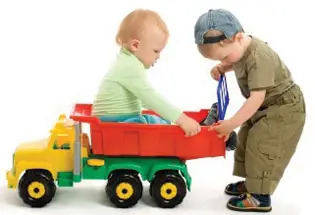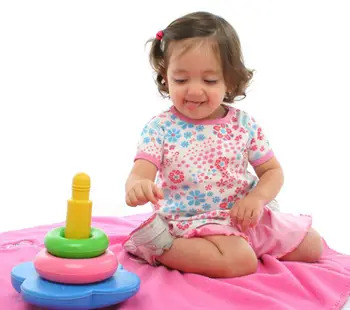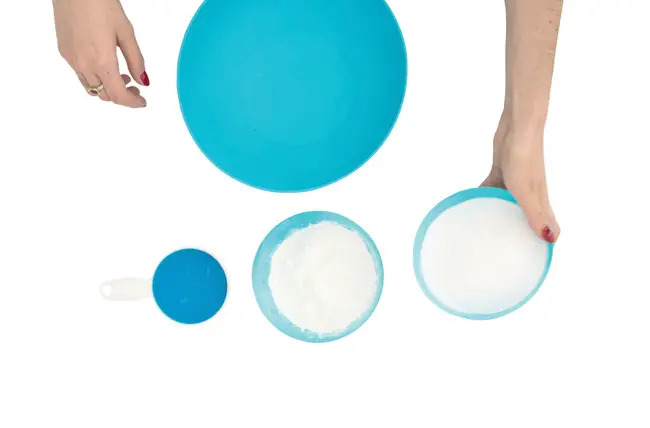When buying toys for your children, keep in mind how the toy will help your child’s motor skill development and cognitive learning so that the toys can be used as learning tools and can help your child’s development.
 The holiday season provides the opportunity to unabashedly spoil the children in your life. But with so many options, which toys are the best for helping them learn and develop while having fun? Pediatric occupational therapists say items that focus on motor skill development, cognitive learning provide best value when it comes to kids
The holiday season provides the opportunity to unabashedly spoil the children in your life. But with so many options, which toys are the best for helping them learn and develop while having fun? Pediatric occupational therapists say items that focus on motor skill development, cognitive learning provide best value when it comes to kids
The American Occupational Therapy Association offers some tips for selecting toys that will make the most of play time. Playing is an essential activity that facilitates a child’s social, physical, and cognitive development, all while having a good time. It is often through play that children learn to make sense of the world around them.
“Selecting a toy can be overwhelming,” says Sandra Schefkind, MS, OTR/L, pediatric coordinator at the American Occupational Therapy Association. “These guidelines help consumers to be more contemplative about play when selecting a toy and can help them to evaluate a toy rather than making a knee-jerk purchase based on packaging or where an item is placed on the shelf.”
Occupational therapy practitioners are experts in play as it relates to development and offer the following questions for consumers to consider these eight guidelines when gift-buying for children:
| 1. Is the toy safe and age appropriate? If the suggested age range is too young for the child, he or she may get bored quickly. If the range is too old, the child may get frustrated and give up, or be exposed to small parts that could pose a safety risk. Be mindful of your own child’s development in terms of his or her strengths, interests, and abilities. 2. Can the toy be played with in more than one way? 3. Does the toy appeal to several senses? 4. Can the toy be used in more than one place or position? 5. Does the toy involve the use of both hands? 6. Does the toy encourage thinking or solving problems? 7. Does the toy encourage communication and interaction? 8. Is the toy worth the cost? |
“Occupational therapy practitioners recognize play as an occupation [activity] because it is purposeful and meaningful to a child’s development. Play can involve cognitive demands like problem solving, social demands like sharing, and motor and coordination skills like manipulating or activating a toy,” Schefkind says. “These tips promote the opportunity to engage the child, challenge the child, and support the child and his or her family in using play to foster growth and development.”
AOTA offers a Checklist for Toy Shopping to help consumers purchase age-appropriate toys. To listen to a recording of experts talking about “Play and Toy Selection,” visit the Pediatric Chat site.
Founded in 1917, the American Occupational Therapy Association represents the professional interests and concerns of more than 140,000 occupational therapists, assistants, and students nationwide. The Association educates the public and advances the profession of occupational therapy by providing resources, setting standards including accreditations, and serving as an advocate to improve health care. Based in Bethesda, Md., AOTA’s major programs and activities are directed toward promoting the professional development of its members and assuring consumer access to quality services so patients can maximize their individual potential. For more information, go to aota.org.






















